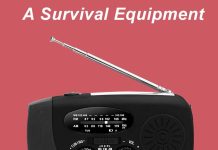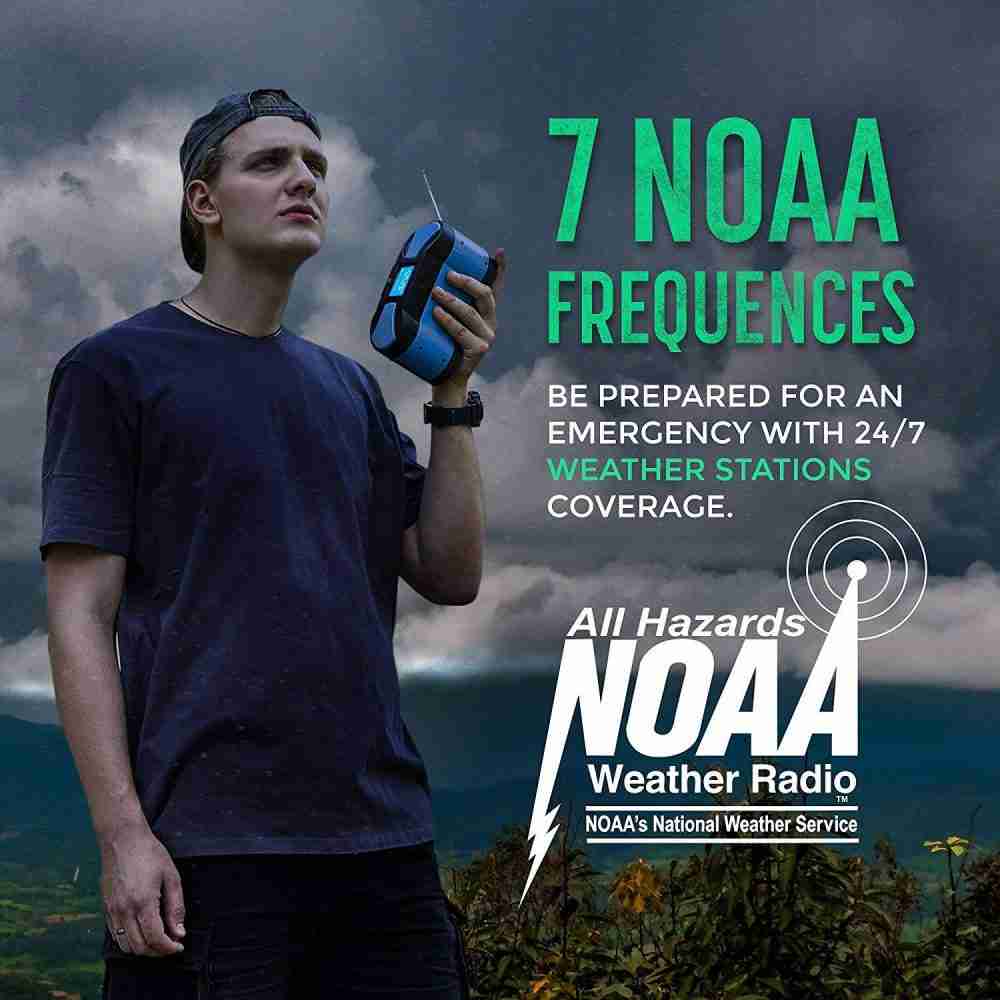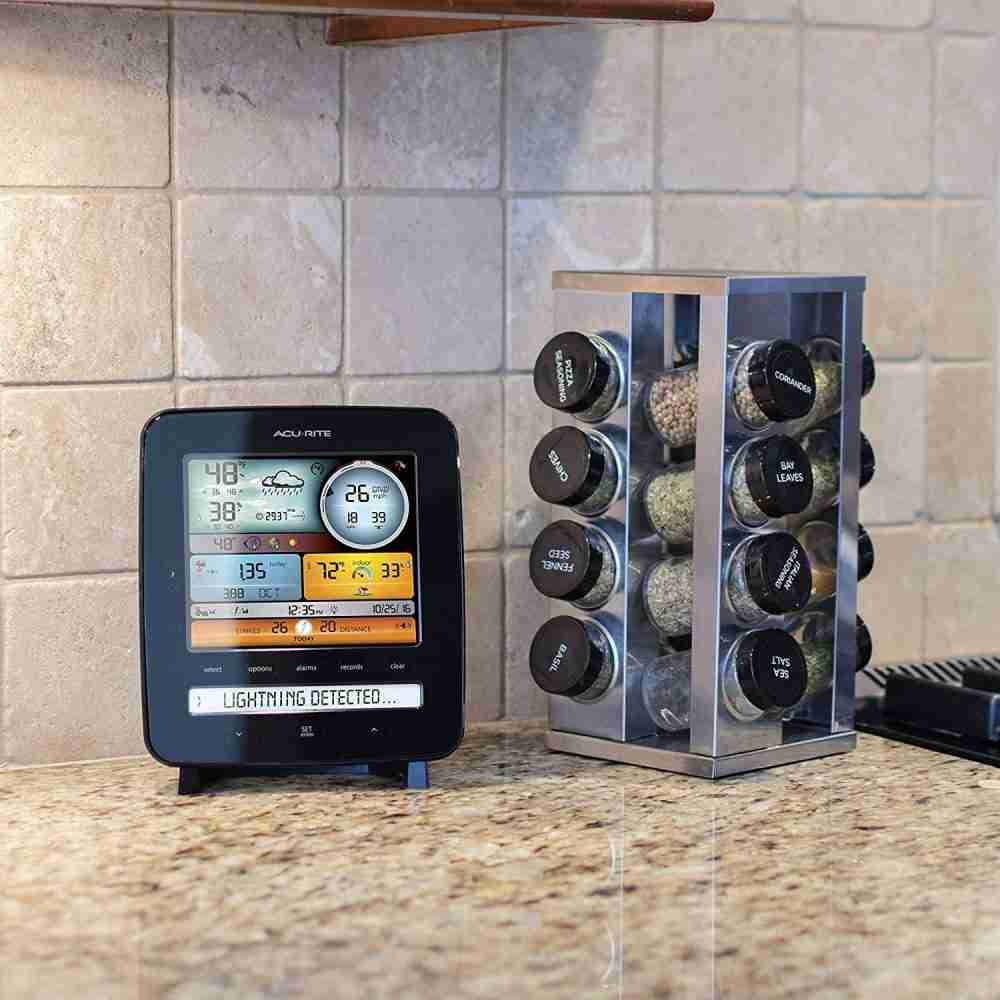Rainy camping trips can be a challenge, but with the right preparation and a positive mindset, they can also be incredibly rewarding. In this article, we will share our top tips and tricks for making the most of wet weather while camping. From choosing the right gear to staying cozy and entertained, we’ve got you covered. So grab your raincoat and join us on an adventure as we navigate the wonders of camping in the rain.
Preparing for Rainy Camping
Check the Weather Forecast
Before heading out on your camping trip, it’s essential to check the weather forecast. This will give you a good idea of what to expect and help you prepare accordingly. Rain can be unpredictable, so make sure to check the forecast right before leaving as well. It’s always better to be prepared than caught off guard by a sudden downpour.
Choose the Right Campsite
When camping in the rain, selecting the right campsite can make a huge difference in your overall experience. Look for a campsite with good drainage to avoid setting up your tent on a muddy or waterlogged area. Also, take into consideration the location of trees or other natural features that can provide some shelter from the rain.
Invest in Waterproof Gear
Investing in waterproof gear is a must when camping in the rain. This includes a waterproof tent, rainfly, and tarps to protect both yourself and your belongings from the downpour. Additionally, having waterproof clothing, such as rain jackets and pants, will keep you dry and comfortable throughout your camping trip.
Setting Up Camp in the Rain
Pitching a Waterproof Tent
Pitching a waterproof tent is crucial when camping in the rain. Before setting up, make sure the ground is level and clear of any sharp objects that could puncture the tent floor. When staking the tent, ensure that it’s taut to prevent water from pooling on the rainfly. Finally, remember to close all zippers tightly to keep rainwater from seeping in.
Creating a Rain Fly
If your tent doesn’t come with a rainfly or if you need extra protection, creating a makeshift rain fly is a great option. Attach a tarp securely over your tent, making sure it extends beyond the edges to keep rainwater away. Be sure to angle the tarp slightly to allow water to run off easily. This DIY rain fly can provide an additional layer of protection against the elements.
Designing a Rainproof Campfire Area
Even in the rain, gathering around a campfire can still be a delightful experience. To create a rainproof campfire area, consider using a tarp or a canopy to provide shelter. Place the tarp high enough to prevent it from catching fire and ensure proper ventilation. Remember to keep a safe distance between the fire and the covering to avoid accidents.
Staying Dry in Wet Weather
Wearing the Right Clothing
When camping in the rain, wearing the right clothing is essential to stay dry and comfortable. Opt for waterproof or water-resistant outer layers, such as a rain jacket and pants, to protect yourself from the rain. Layering is also important as it allows you to adjust your clothing according to the temperature and activity level. Don’t forget to pack extra dry clothes in case of emergencies.
Using Rain Gear and Accessories
In addition to proper clothing, utilizing rain gear and accessories can enhance your camping experience in wet weather. Pack waterproof footwear to keep your feet dry and consider using gaiters to prevent water from entering your shoes. Bring along a wide-brimmed hat or a rain hat to shield your face from the rain, and don’t forget a waterproof backpack cover to protect your belongings.
Managing Moisture in the Tent
Moisture inside the tent can be a significant issue when camping in the rain. Combat this by using a groundsheet or a tent footprint to create a barrier between the wet ground and the tent floor. Additionally, avoid bringing wet items such as clothes or towels into the tent as they will increase the humidity inside. If condensation starts to build up, open vents or windows to increase airflow and reduce moisture.
Cooking and Eating in the Rain
Preparing Camp Meals
Cooking during rainy camping trips can be challenging, but with the right approach, it can still be a memorable culinary experience. Opt for meals that require minimal preparation and can be cooked inside your sheltered cooking area, such as one-pot meals or foil-wrapped dishes. Plan and prep ingredients in advance to minimize exposure to the rain and make cleanup easier.
Utilizing a Camp Kitchen
Setting up a camp kitchen can be incredibly helpful when camping in the rain. Utilize a folding table or a portable kitchen stand to keep your cooking equipment off the wet ground. Invest in a camping stove with windproof features to ensure it functions properly in unfavorable weather conditions. An overhead canopy or tarp can provide additional shelter for your cooking area.
Enjoying Warm Drinks
When it’s cold and rainy, there’s nothing more comforting than enjoying a warm drink in the great outdoors. Pack a variety of hot beverages such as coffee, tea, or hot chocolate to keep everyone warm and cozy. Invest in a quality insulated flask or a thermos to keep your drinks hot for extended periods. Sipping on a warm beverage while listening to the soothing sound of rain can create a perfect camping moment.
Entertainment and Activities
Board Games and Card Games
Rainy days are perfect for quality bonding time with friends and family. Pack a selection of board games and card games that everyone can enjoy. Choose games that are compact and easy to set up, ensuring they won’t get damaged if they come into contact with water. Playing games inside the tent or under a tarp can provide hours of entertainment while waiting for the rain to subside.
Reading Books or E-Books
Rainy camping trips also offer a great opportunity to catch up on reading. Bring along your favorite books or load up your e-reader with a variety of titles. Choose books that match your interests or select captivating classics that everyone can enjoy. Snuggling up in your tent with a good book while the rain pitters on the canvas can create a cozy and relaxing atmosphere.
Engaging in Rainy Day Hikes
Don’t let the rain discourage you from exploring the great outdoors. Put on your waterproof attire and embrace the beauty of a rainy day hike. The rain can transform forests and landscapes into lush and vibrant scenes. Choose trails that are safe and easily manageable, considering the conditions. It’s important to stay vigilant and avoid areas that may become dangerous due to flash flooding.
Safety Tips for Camping in the Rain
Avoiding Water Accumulation
When camping in the rain, it’s crucial to avoid water accumulation around your campsite. Ensure that your tent is properly pitched on higher ground, away from any potential water runoff. Clear any debris or leaves that might block drainage channels and cause water to pool. Regularly check and adjust your tent’s rainfly to ensure water doesn’t accumulate on top, potentially causing leaks.
Clearing Drainage Channels
To prevent water from pooling around your campsite, clear any existing drainage channels before the rain starts. Use a shovel or your hands to remove leaves, sticks, or other debris that might obstruct the flow of water. By keeping the drainage channels clear, you can prevent flooding and minimize the chances of water seeping into your tent or belongings.
Being Cautious of Flash Floods
Flash floods are a common concern when camping in rainy weather. These floods can occur suddenly and without warning, so it’s crucial to be cautious and prepared. Keep an eye on weather conditions and be aware of signs such as rapidly rising water levels or changes in water color. If in doubt, seek higher ground immediately and avoid crossing or camping near rivers or streams during heavy rain.
Managing Campsite Mud and Puddles
Using Groundsheets and Tarps
To prevent mud and water from seeping into your tent, use groundsheets or tarps as a protective layer. Place them underneath your tent and extend them beyond the tent’s edges. This will create a barrier between the wet ground and your tent floor, minimizing the chance of moisture entering your sleeping area. It also makes cleaning up easier by allowing you to simply shake off any accumulated dirt or mud.
Creating Walkways and Footpaths
Managing mud and puddles around your campsite can be made easier by creating designated walkways and footpaths. Lay down wooden planks, gravel, or even sturdy cardboard to provide stable and dry paths for moving around. By keeping the camping area tidy and mud-free, you can ensure a more pleasant experience for everyone and minimize the spread of dirt into your tent.
Washing and Drying Gear Properly
After a day spent in the rain, it’s crucial to properly wash and dry your gear to prevent mold, mildew, and lingering odors. If possible, wash your wet clothes with biodegradable detergent and hang them to dry as soon as you return to your campsite. Wipe down wet gear such as camping chairs, cookware, or backpacks with a towel and allow them to air dry before storing them away.
Taking Care of Your Gear
Drying Wet Equipment
Properly drying your wet camping equipment is essential to maintain its functionality and prolong its lifespan. As soon as the weather permits, lay out your damp items, such as tents, sleeping bags, and clothes, under the sun to dry. Avoid exposing gear to direct sunlight for prolonged periods, as this can cause damage. Instead, aim for a well-ventilated and shaded area to dry everything thoroughly.
Proper Tent Maintenance
Regular maintenance of your tent is key to ensuring its durability and effectiveness in wet weather. After each camping trip, set aside time to clean your tent. Use a gentle soap and water solution to remove dirt and grime, being careful to avoid harsh chemicals that can damage the fabric and waterproof coatings. Inspect the zippers, seams, and poles for any signs of wear or damage, and repair as necessary to maintain its waterproof integrity.
Storing Gear After Camping
Properly storing your camping gear after a rainy trip will help prevent mold, mildew, and rust from developing. Make sure all equipment is completely dry before packing it away. Store your gear in a cool, dry area to prevent moisture accumulation. Consider investing in storage bins or bags specifically designed for camping gear, as they provide additional protection against moisture and pests.
Enjoying the Rainy Camping Experience
Embracing the Beauty of Rain
Instead of viewing rain as an inconvenience, try embracing the beauty it brings to your camping experience. Take a moment to appreciate the sound of raindrops falling on the leaves and the refreshing scent of wet earth. The rain can create a serene and peaceful atmosphere in nature, allowing you to connect with the environment in a unique way.
Relaxing to the Sound of Rain
The soothing sound of rain can have a relaxing effect on both the body and mind. Take advantage of this natural lullaby by finding a comfortable spot in your tent or under a shelter and simply listen. Close your eyes, focus on the rhythm of the raindrops, and let yourself be swept away into a state of calm and tranquility.
Capturing Rainy Camping Memories
Rainy camping trips often provide some of the most memorable moments. Don’t forget to capture these memories by taking photographs or keeping a journal. Rain-soaked landscapes, cozy moments inside the tent, or laughter shared during a board game session can all be cherished memories in the future. Embrace the rain and make the most of the unique experiences it offers.
Conclusion
Camping in the rain may require some extra preparations and adaptations, but with the right mindset and proper gear, it can be an extraordinary experience. From checking the weather forecast to setting up your campsite in a rainproof manner, and from staying dry to enjoying rainy day activities, there are numerous ways to make the best of wet weather while camping. Embrace the rain, be prepared, and create unforgettable memories in the great outdoors, rain or shine.








































